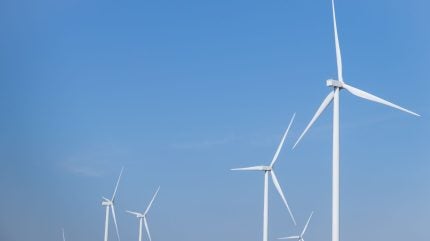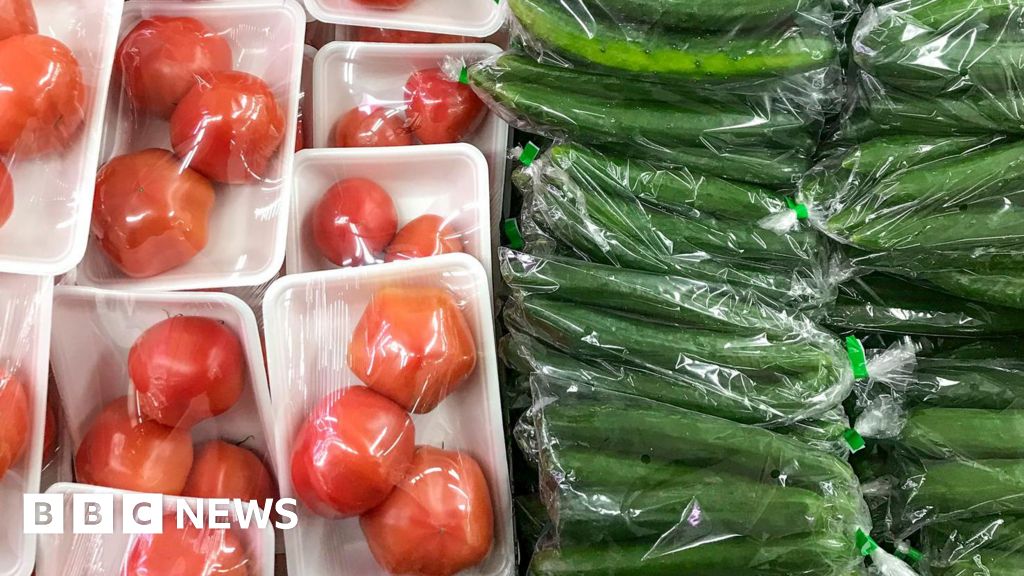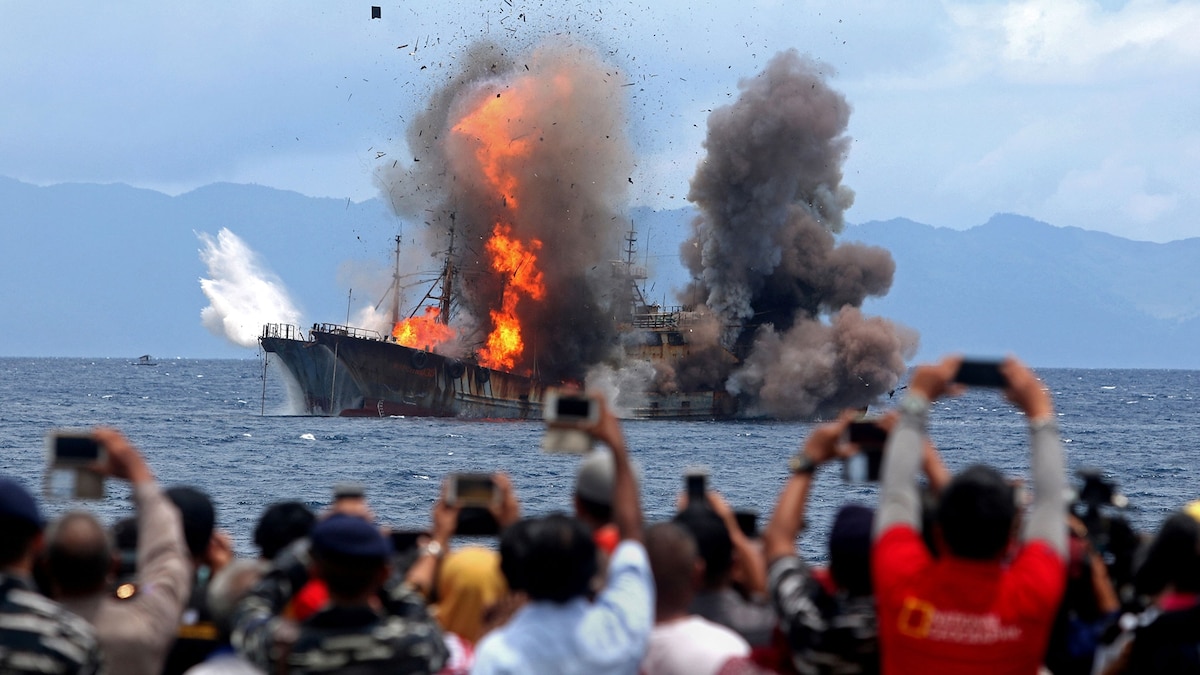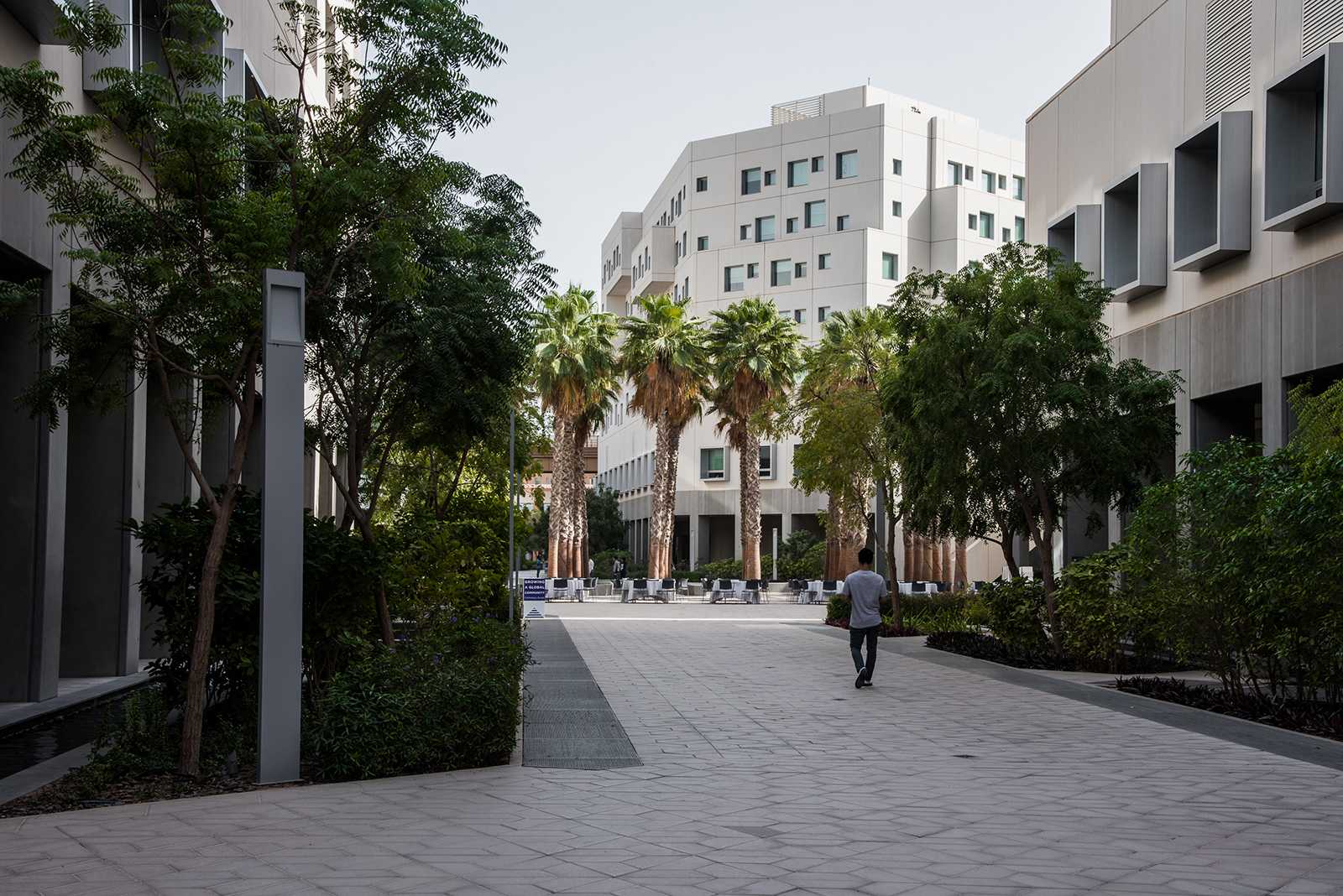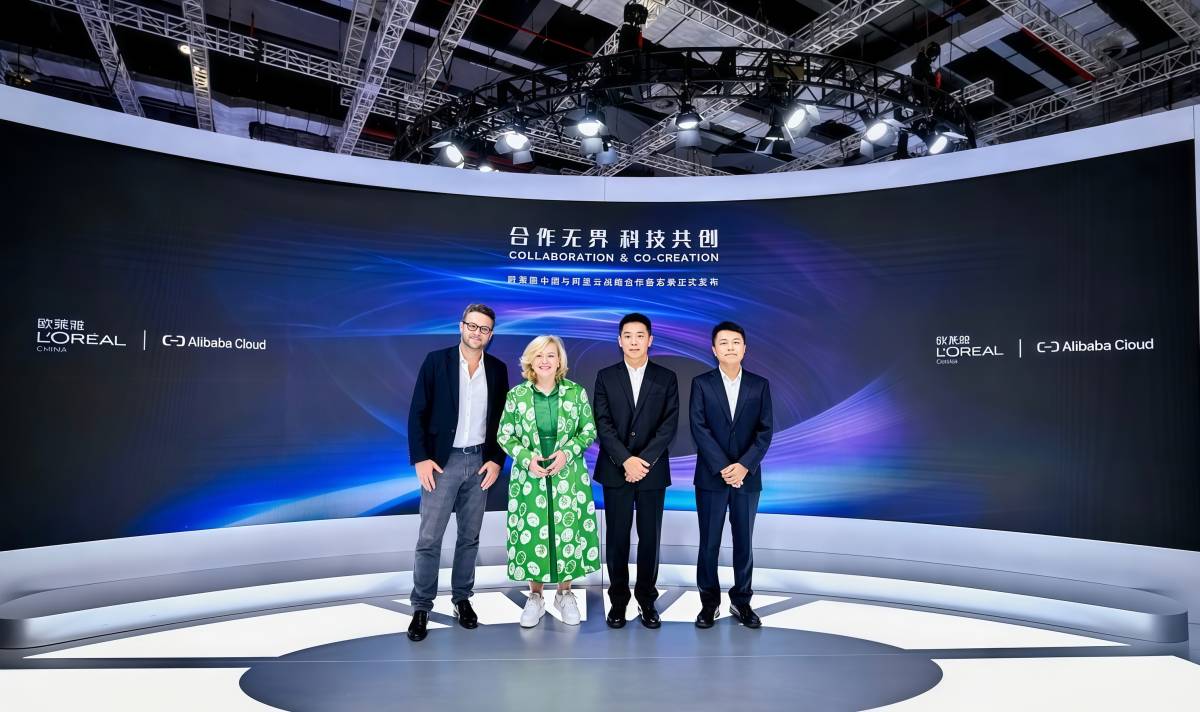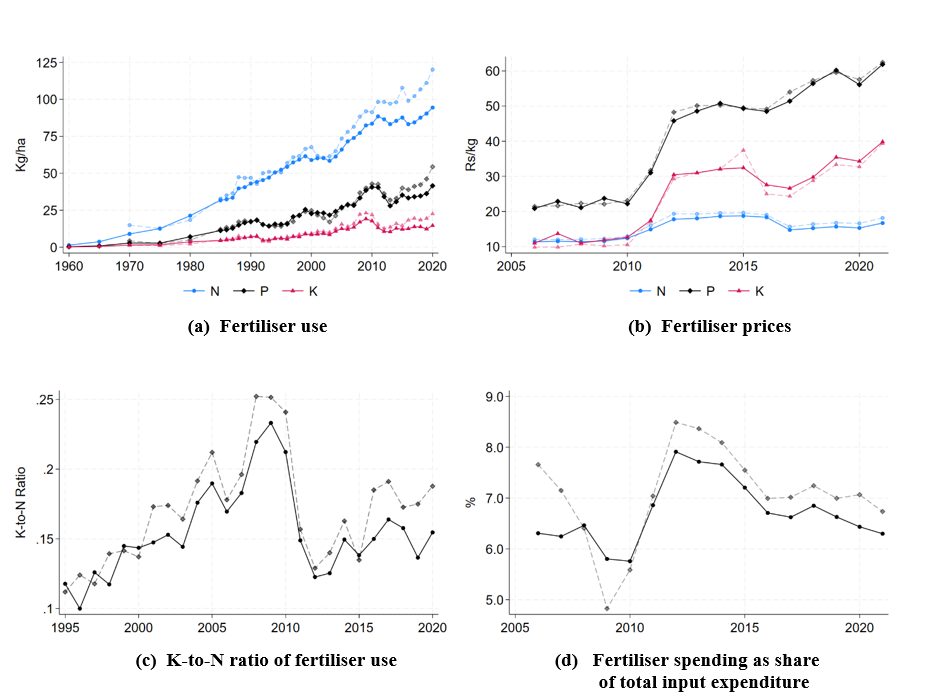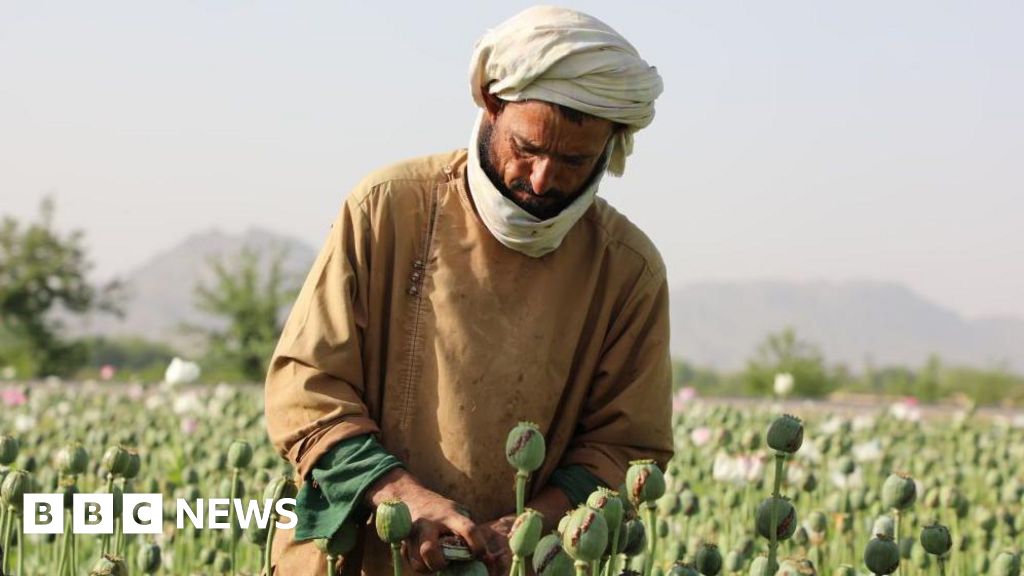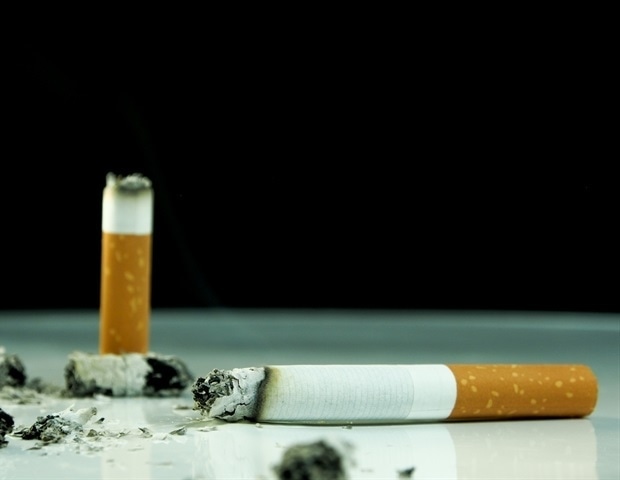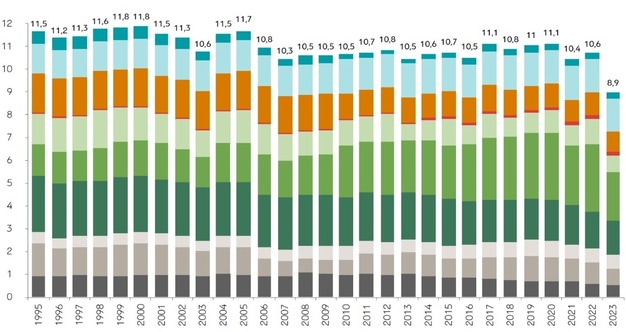Saudi Water Partnership Company advances sustainability with Shuaibah 3 Desalination Plant upgrade – Smart Water Magazine
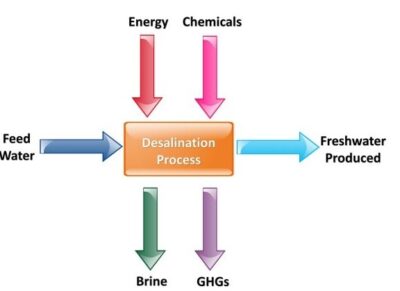
Report on the Shuaibah 3 Desalination Plant Transformation and Alignment with Sustainable Development Goals
1.0 Project Overview: Technological Transition and Infrastructure Innovation
The Shuaibah 3 Desalination Plant has undergone a significant transformation, transitioning from Multi-Stage Flash (MSF) technology to a state-of-the-art Reverse Osmosis (RO) system. This strategic upgrade represents a major advancement in Saudi Arabia’s water infrastructure, directly supporting several key United Nations Sustainable Development Goals (SDGs), particularly SDG 9 (Industry, Innovation, and Infrastructure) by modernizing critical facilities with efficient and resilient technology.
2.0 Energy Efficiency and Contribution to Climate Action
A primary outcome of the technological shift is a substantial reduction in energy consumption and associated environmental impact, aligning with SDG 7 (Affordable and Clean Energy) and SDG 13 (Climate Action).
- Reduced Energy Demand: The transition to RO technology has inherently lowered the plant’s energy requirements compared to the former MSF system.
- Integration of Renewable Energy: A 65 MWp solar PV system has been integrated into the plant’s operations, ensuring a portion of its power needs are met by a clean, renewable source. This contributes to a competitive specific power consumption of 2.52 kWh/m3.
- Decreased Carbon Emissions: The combined effect of lower energy consumption and the use of solar power has led to a significant decrease in the use of fossil fuels and a reduction in the plant’s overall carbon footprint.
3.0 Economic and Social Sustainability
The project’s operational efficiencies have generated notable economic benefits, enhancing the sustainability of water services for communities, which is central to SDG 6 (Clean Water and Sanitation) and SDG 11 (Sustainable Cities and Communities).
- Reduced Operating Costs: The plant has achieved a 45% decrease in operating costs.
- Lower Water Tariffs: These cost savings have translated into reduced water tariffs, making clean water more affordable and accessible.
4.0 Environmental Stewardship and Marine Ecosystem Protection
Beyond climate-related benefits, the project addresses its direct impact on the local marine environment, a key concern of SDG 14 (Life Below Water). While brine discharge is an ongoing consideration for desalination facilities, the Shuaibah 3 IWP’s design incorporates specific measures to mitigate the environmental impact of this discharge, aiming to protect the surrounding marine ecosystems.
5.0 Conclusion: A Model for Responsible Production
The transformation of the Shuaibah 3 plant serves as a benchmark for sustainable water infrastructure development. By successfully integrating advanced RO technology with renewable energy, the project exemplifies the principles of SDG 12 (Responsible Consumption and Production). It demonstrates a viable model for meeting growing water demands while simultaneously reducing environmental impact, improving economic efficiency, and contributing directly to global sustainability targets.
1. Which SDGs are addressed or connected to the issues highlighted in the article?
-
SDG 6: Clean Water and Sanitation
The article’s central theme is the Shuaibah 3 Desalination Plant, a facility designed to provide clean water. The transition to Reverse Osmosis (RO) technology aims to make this process more efficient and sustainable.
-
SDG 7: Affordable and Clean Energy
The project’s integration of a “65 MWp solar PV system” and the resulting “reduction in energy consumption” directly address the goal of increasing the use of renewable energy and improving energy efficiency.
-
SDG 9: Industry, Innovation, and Infrastructure
The article describes the plant’s transformation as an “innovation in water infrastructure” and a “state-of-the-art facility.” This upgrade of critical infrastructure using advanced, sustainable technology is a core component of SDG 9.
-
SDG 12: Responsible Consumption and Production
The project focuses on improving “operational efficiency,” reducing the “use of fossil fuels,” and minimizing environmental impact, which aligns with the sustainable management and efficient use of natural resources.
-
SDG 13: Climate Action
By reducing energy consumption and incorporating solar power, the project contributes to a “significant decrease in the use of fossil fuels” and a reduction in “carbon emissions,” which are key actions to combat climate change.
-
SDG 14: Life Below Water
The article explicitly mentions the environmental challenge of “brine discharge on marine ecosystems” and notes that the plant’s design includes “measures to minimise the environmental impact of brine disposal,” directly relating to the protection of marine environments.
2. What specific targets under those SDGs can be identified based on the article’s content?
-
SDG 6: Clean Water and Sanitation
- Target 6.1: Achieve universal and equitable access to safe and affordable drinking water. The article mentions that the transition resulted in “reduced water tariffs,” making water more affordable for consumers.
- Target 6.3: Improve water quality by reducing pollution and minimizing release of hazardous materials. The article addresses this by mentioning “measures to minimise the environmental impact of brine disposal” into the marine environment.
-
SDG 7: Affordable and Clean Energy
- Target 7.2: Increase substantially the share of renewable energy in the global energy mix. The project incorporates a “65 MWp solar PV system,” directly increasing the share of renewable energy in the plant’s power consumption.
- Target 7.3: Double the global rate of improvement in energy efficiency. The transition from MSF to RO technology and the achievement of a “competitive specific power consumption of 2.52 kWh/m3” demonstrate a significant improvement in energy efficiency.
-
SDG 9: Industry, Innovation, and Infrastructure
- Target 9.4: Upgrade infrastructure and retrofit industries to make them sustainable, with increased resource-use efficiency and greater adoption of clean and environmentally sound technologies. The entire project, which transforms an old plant into a “state-of-the-art facility using RO technology” integrated with solar power, is a direct example of this target.
-
SDG 12: Responsible Consumption and Production
- Target 12.2: Achieve the sustainable management and efficient use of natural resources. The project’s “reduction in energy consumption” and “decrease in the use of fossil fuels” are evidence of more efficient use of natural resources.
-
SDG 13: Climate Action
- Target 13.2: Integrate climate change measures into national policies, strategies and planning. The project serves as a “model for the future of desalination in the Kingdom,” showcasing a strategy to reduce “carbon emissions” in a critical industry.
-
SDG 14: Life Below Water
- Target 14.1: By 2025, prevent and significantly reduce marine pollution of all kinds, in particular from land-based activities. The article directly addresses this by highlighting the “impact of brine discharge on marine ecosystems” and the implementation of measures to protect the “surrounding marine environment.”
3. Are there any indicators mentioned or implied in the article that can be used to measure progress towards the identified targets?
Yes, the article provides several specific quantitative and qualitative indicators:
- 45% decrease in operating costs: This is a clear indicator for Target 6.1, as lower operating costs lead to “reduced water tariffs” and more affordable water.
- Specific power consumption of 2.52 kWh/m3: This is a precise indicator for Target 7.3, measuring the plant’s energy efficiency.
- 65 MWp solar PV system: This is a direct indicator for Target 7.2, quantifying the capacity of renewable energy integrated into the facility.
- Transition from MSF to RO technology: This technological shift is a qualitative indicator for Target 9.4, representing the adoption of cleaner and more efficient technology.
- Measures to minimise the environmental impact of brine disposal: This is a qualitative indicator for Targets 6.3 and 14.1, showing that actions are being taken to reduce marine pollution from the plant’s operations.
- Reduction in the use of fossil fuels: This is a qualitative indicator for Targets 12.2 and 13.2, demonstrating progress in sustainable resource management and climate action.
4. Create a table with three columns titled ‘SDGs, Targets and Indicators” to present the findings from analyzing the article. In this table, list the Sustainable Development Goals (SDGs), their corresponding targets, and the specific indicators identified in the article.
| SDGs | Targets | Indicators |
|---|---|---|
| SDG 6: Clean Water and Sanitation | 6.1: Achieve access to affordable drinking water. | “reduced water tariffs”; “45% decrease in operating costs” |
| SDG 6: Clean Water and Sanitation | 6.3: Improve water quality by reducing pollution. | “measures to minimise the environmental impact of brine disposal” |
| SDG 7: Affordable and Clean Energy | 7.2: Increase the share of renewable energy. | “integration of a 65 MWp solar PV system” |
| SDG 7: Affordable and Clean Energy | 7.3: Improve energy efficiency. | “specific power consumption of 2.52 kWh/m3” |
| SDG 9: Industry, Innovation, and Infrastructure | 9.4: Upgrade infrastructure with clean and environmentally sound technologies. | Transition from MSF to RO technology; Integration of solar power |
| SDG 12: Responsible Consumption and Production | 12.2: Achieve sustainable management and efficient use of natural resources. | “significant decrease in the use of fossil fuels” |
| SDG 13: Climate Action | 13.2: Integrate climate change measures into strategies. | Project serves as a “model” for reducing “carbon emissions” |
| SDG 14: Life Below Water | 14.1: Reduce marine pollution from land-based activities. | Design includes measures to minimize impact of “brine discharge on marine ecosystems” |
Source: smartwatermagazine.com

What is Your Reaction?
 Like
0
Like
0
 Dislike
0
Dislike
0
 Love
0
Love
0
 Funny
0
Funny
0
 Angry
0
Angry
0
 Sad
0
Sad
0
 Wow
0
Wow
0
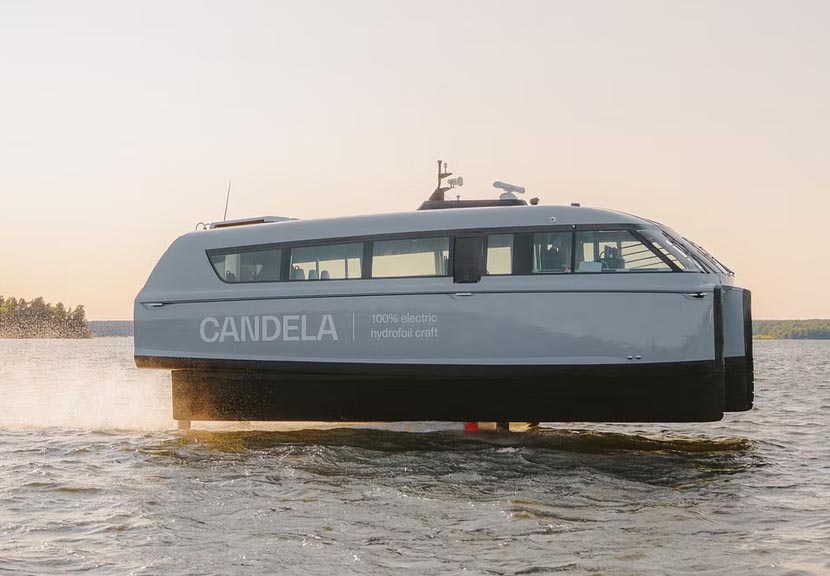
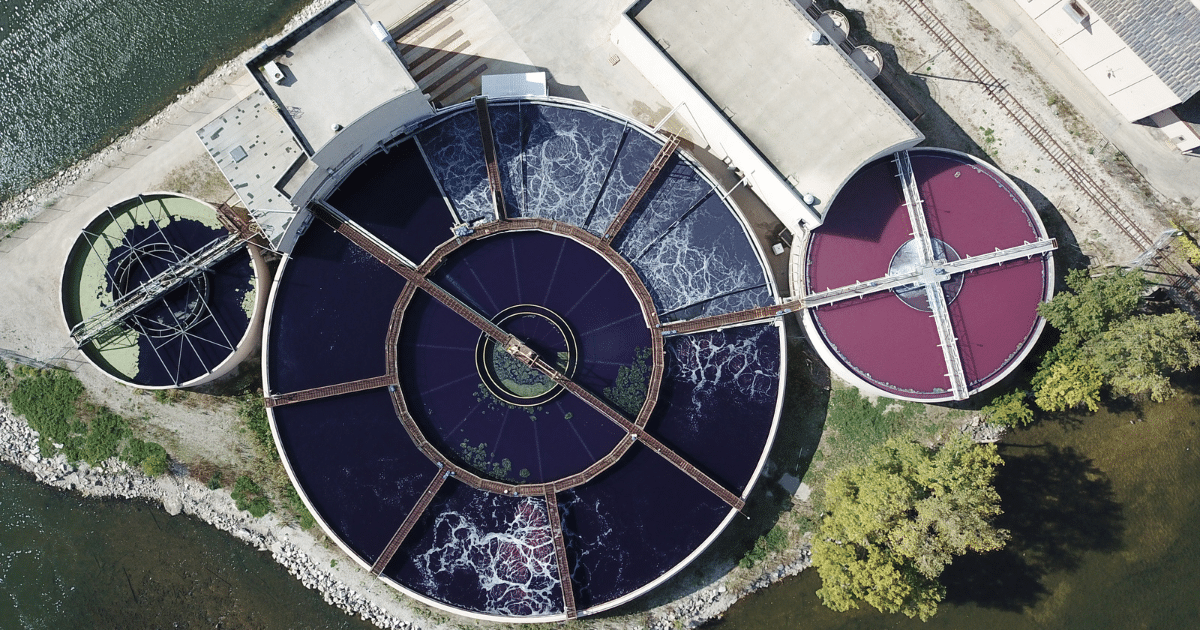






















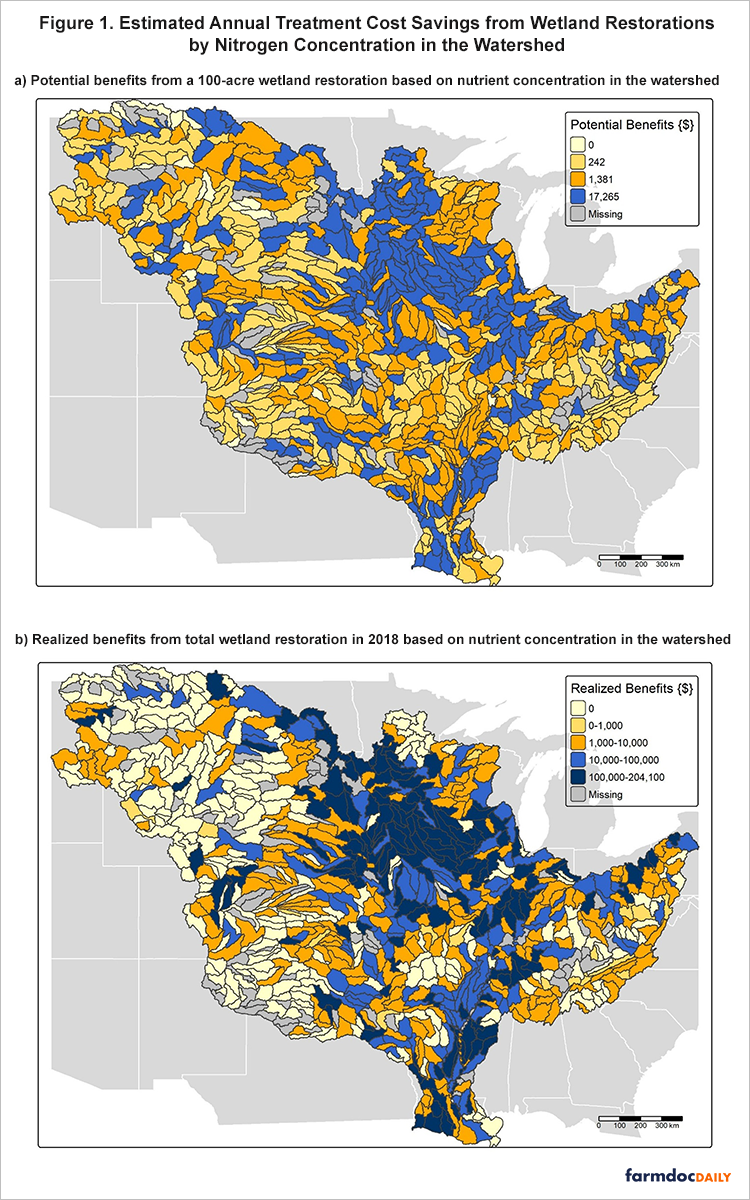
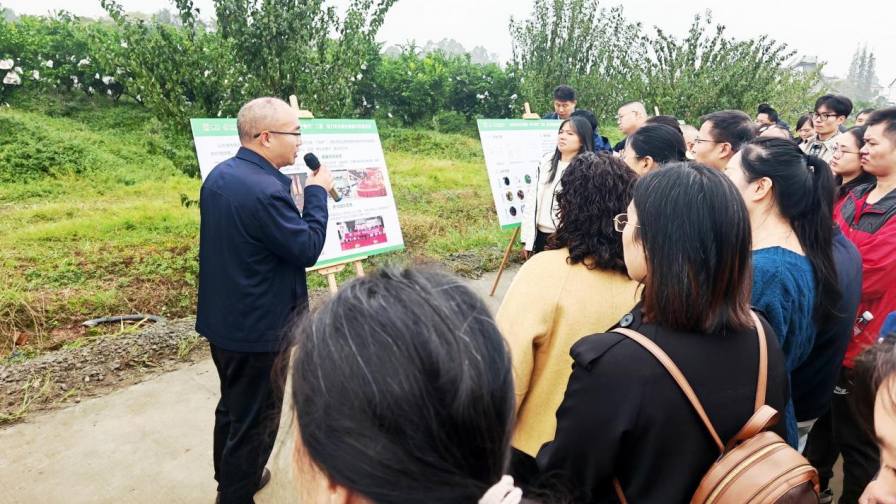

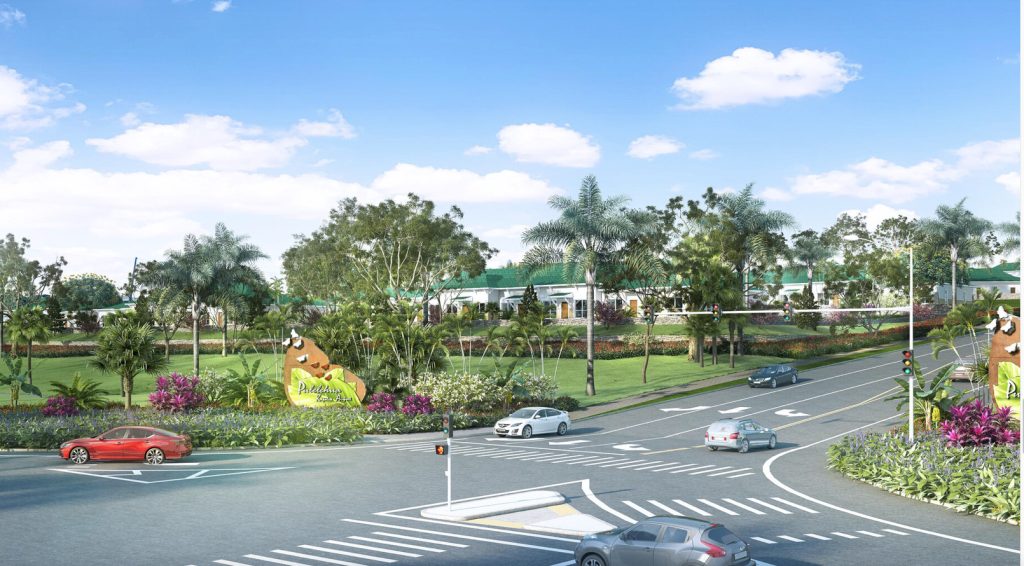



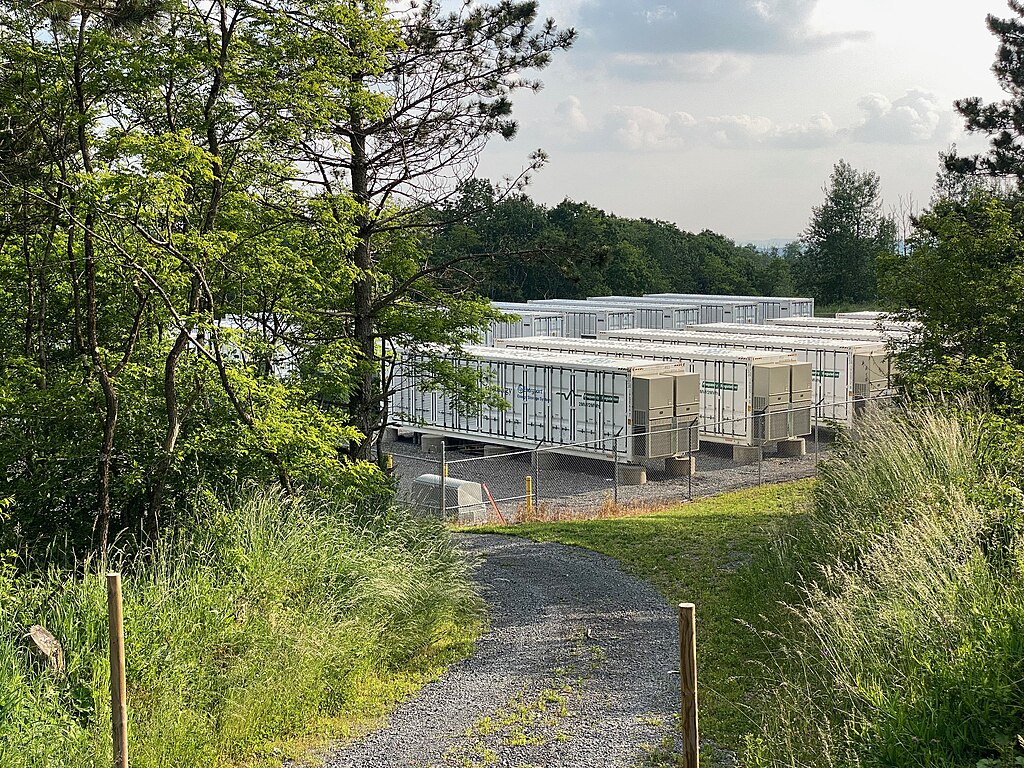
_2.png?#)
